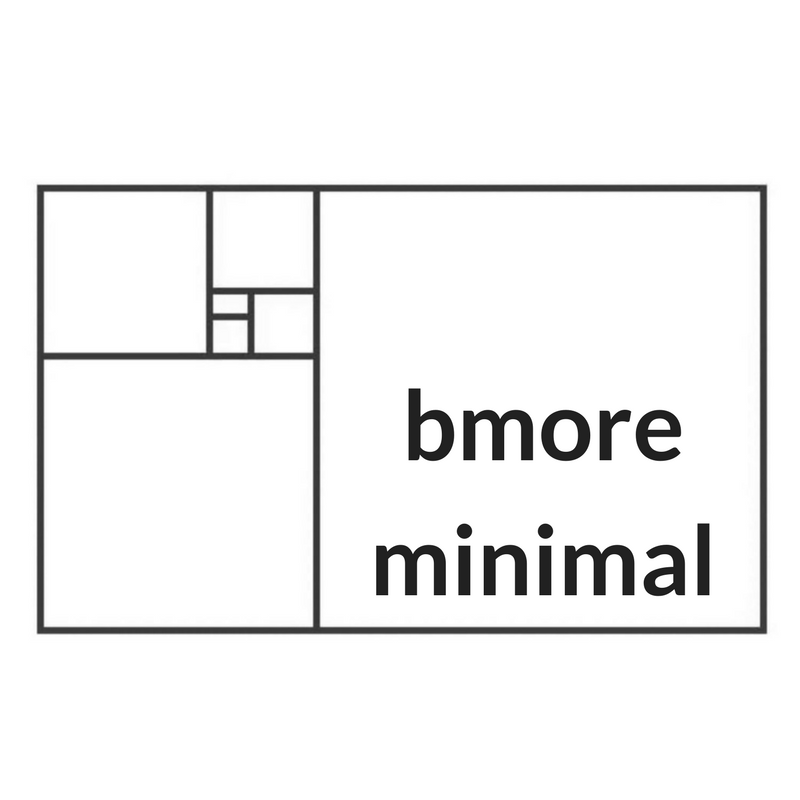When I was in the market for a home, I never once thought to myself: “Hey, I should build myself a brand new home.”
Why not? Well, because there were literally dozens of perfectly good, "used" homes in the neighborhood where I wanted to live, and to start a home from scratch would seem like a huge waste of resources.
Why then, when I’m in the market for other things, is my first impulse to buy brand new?
When I need a t-shirt, why don’t I automatically assume I'll buy a pre-owned shirt from the huge pool of perfectly good existing shirts? Why don’t I automatically consider the waste of resources involved in starting a shirt from scratch? Why don’t I balk at the three years worth of drinking water that’s consumed in producing ONE COTTON T-SHIRT?
Because I get caught thinking that buying new is cheap, easy, and expected. I’m working to combat that.
Let’s start with cheap. A t-shirt at Target typically costs under $20. That’s relatively little expense to me. But that cheap shirt is more likely to fade, fray, or hang funny after a couple of washings, meaning I’ll have to replace it, incurring more cost.
Besides, that t-shirt, and the one I have to buy after it craps out, is only cheap to me because I’m not the one paying the costs. Target (or Walmart, or Amazon, or Old Navy, or whichever fast fashion store you choose) externalizes those costs to other people, or to the planet.
And a quality t-shirt from a consignment, used, or vintage clothing store would likely cost me even less.
How about easy? Yes, frankly, buying brand new is very easy. Too easy! How else could fast fashion generate $250 billion in the United States annually? These companies want to make it very, very easy for us to become separated from our money. We should be suspicious of how convenient shopping is, again looking for ways that we all pay the price for our convenience.
And a quality t-shirt from a consignment, used, or vintage clothing store would be just as easy to purchase. Many boutiques even sell online.
So finally, let’s take a look at expected. It’s all too normal to assume that brand new is the default for our clothing needs. Even when we want a vintage look, we often opt for new. Looking at you, Urban Outfitters.
Why don’t we consider used clothes the way we consider used houses? I think it’s because the costs of newness seem so much less, but we all consume many, many more t-shirts over our lifetime than we do houses AND so many of those costs are externalized. What if we brought those costs to the front of our mind when making the decision of where to shop?
Now I’m not about to suggest that we all buy used underwear in the name of sustainability.
But when I go to pick up the black jeans that are currently on my shopping list, I’m going to opt for a perfectly good, previously loved pair rather than the “cheap, easy, and expected” brand new version.
And I will care for them well, the same way I’ll clean the gutters and maintain the HVAC system of my home, with the sense that someday, another owner will meet her needs by dipping in to the existing pool of goods rather than starting from scratch.
